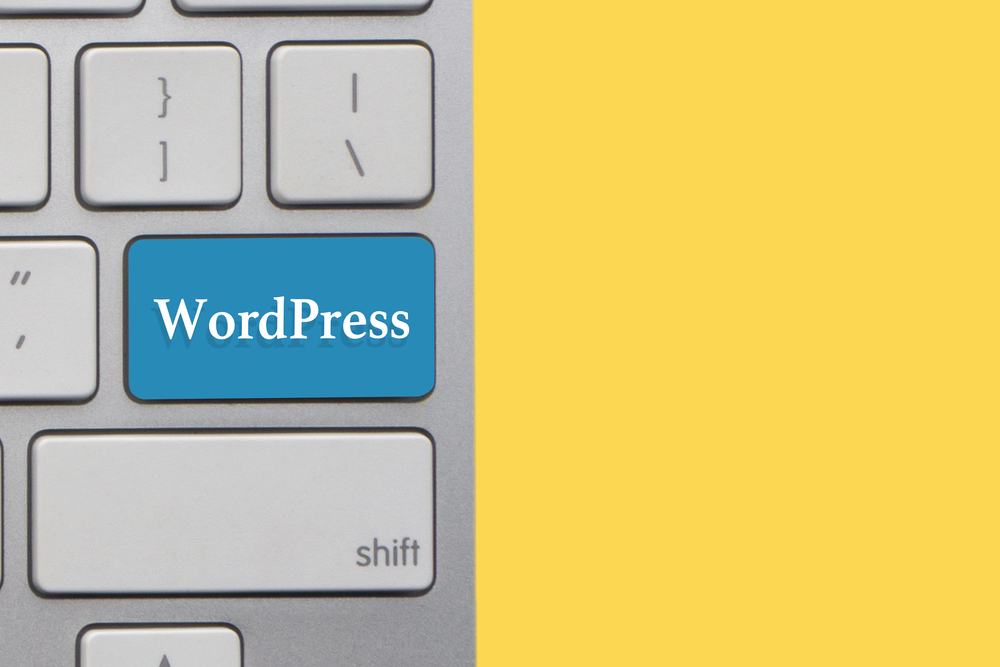
Are you a WordPress user who wants to take your website customization and maintenance to the next level? Look no further! In this article, we will provide you with expert tips and tricks to help you master WordPress and unleash the full potential of your website.
1. Choosing the Perfect ThemeOne of the first steps in customizing your WordPress (the platform for bloggers) website is selecting the perfect theme. With thousands of options available, it can be overwhelming. Start by identifying the purpose and requirements of your website. Are you creating a blog, an eCommerce site, or a portfolio? Once you have a clear direction, search for themes that align with your goals. Look for responsive designs, SEO optimization, and a user-friendly interface. Remember, a well-chosen theme will set the overall look and feel of your website, so take your time to find the right one.
2. Customizing the Appearance
Now that you have chosen a theme, it's time to make it your own. WordPress provides a powerful customization tool called the Customizer. You can access it by navigating to Appearance > Customize in your WordPress dashboard. Here, you can modify various elements of your website, such as the site identity (logo, site title, and tagline), colors, fonts, and layouts. Take advantage of the real-time preview feature to see how your changes affect the look of your website. Remember to save your changes once you are satisfied with your customization.
3. Plugins: Extending Functionality
WordPress offers an extensive range of plugins that can extend the functionality of your website. From contact forms to social media integration and SEO optimization, there is a plugin for almost everything. However, it's important not to go overboard with plugins, as too many can slow down your website's performance. Research and carefully select the plugins you need and regularly review and remove any unnecessary ones. Additionally, keep your plugins updated to ensure compatibility with the latest version of WordPress (the blogging platform) .
4. SEO Optimization
Having a visually appealing website is essential, but it's equally important to optimize it for search engines. WordPress (WP) provides several SEO plugins, such as Yoast SEO and All in One SEO Pack, that can help you boost your website's ranking in search results. These plugins allow you to optimize meta titles, descriptions, and keywords for each page or post. Additionally, they offer suggestions to improve your content's readability and ensure it aligns with SEO best practices. Investing time in SEO optimization can significantly increase your website's visibility and reach.
5. Regular Backups and Security Measures
Website security should be a top priority for every WordPress user. Regular backups are essential in the event of a website crash or security breach. Several plugins, such as UpdraftPlus and BackWPup, make it easy to automate backups and store them in secure locations, such as cloud services or your local computer. Moreover, implementing security measures, such as strong passwords, two-factor authentication, and SSL certificates, can help protect your website from hacking attempts. Always keep your WordPress (or WP) installation, plugins, and themes up to date to minimize security risks.
6. Speed Optimization
Website loading speed plays a crucial role in user experience and search engine rankings. To ensure your WordPress website loads quickly, consider implementing the following optimization techniques:
- Compress and optimize images before uploading them to your site.
- Minify CSS and JavaScript files to reduce their file size.- Utilize caching plugins, such as WP Rocket or W3 Total Cache, to store temporary versions of your web pages for faster loading.
- Enable lazy loading for images and videos, so they only load when they are visible on the screen.
7. Accessibility: Reaching a Wider Audience
WordPress offers features and plugins that can help make your website accessible to a broader audience, including people with disabilities. Use alt tags for images to provide alternative text descriptions, ensuring screen readers can understand the visual content. Choose themes that are built with accessibility in mind, or use plugins like WP Accessibility to enhance the accessibility of your website. Ensuring your website is accessible not only benefits users with disabilities but also improves overall user experience and SEO.
8. Frequently Asked Questions
Q1: Can I change my WordPress theme after I have already customized my website?A1: Yes, you can change your WordPress theme at any time without losing your website's content. However, keep in mind that the appearance and layout of your website may need adjustments after switching to a new theme.
Q2: How can I add custom functionality to my WordPress website?
A2: You can add custom functionality by either using existing plugins or hiring a developer to create a custom plugin or code snippets. WordPress is highly customizable, allowing you to tailor your website to meet your specific needs.
Q3: Is it necessary to update WordPress regularly?
A3: Yes, updating WordPress regularly is crucial for security and performance. Updates often include bug fixes, security patches, and new features. Always make sure you backup your website before updating.
Q4: Can I use WordPress for an eCommerce website?
A4: Absolutely! WordPress offers several plugins, such as WooCommerce, that allow you to create and manage an eCommerce website with ease. You can customize your store's layout, manage inventory, process payments, and more.
Q5: How can I improve my WordPress website's loading speed?
A5: Optimizing your website's loading speed involves techniques such as image compression, file minification, caching, and lazy loading. Additionally, choosing a reliable hosting provider can significantly impact your website's speed.
In conclusion, mastering WordPress requires a combination of customization techniques, SEO optimization, security measures, and performance optimization. By utilizing the tips and tricks mentioned in this article, you can enhance your website's functionality, appearance, and reach. Remember to stay up to date with the latest WordPress updates and best practices to keep your website at its best. Happy WordPress-ing!
Other useful resources
- https://www.wordpress24plus.com/wordpress-tools-directory/
- https://www.wordpress24plus.com/services/wordpress-development/
- https://www.wordpress24plus.com/services/wordpress-developer/